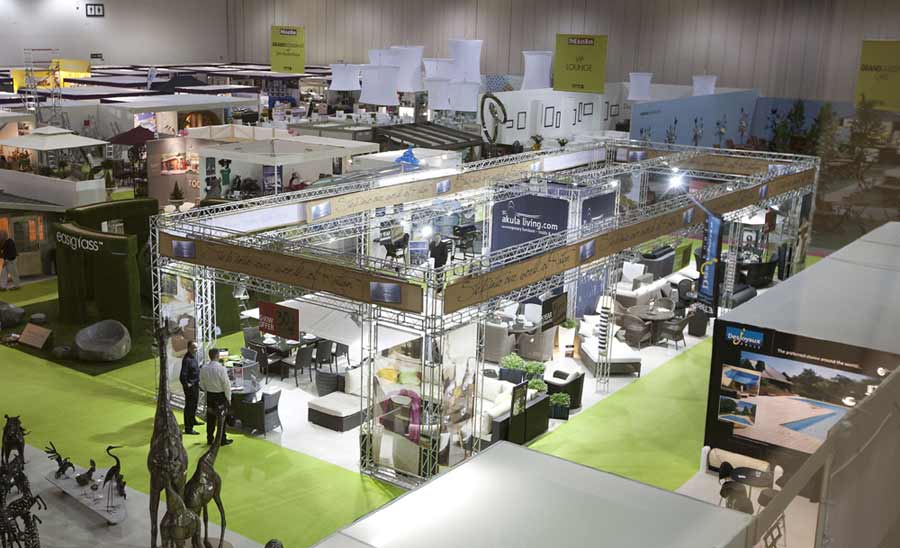#mc_embed_signup{background:#fff; clear:left; font:14px Helvetica,Arial,sans-serif; }
/* Add your own Mailchimp form style overrides in your site stylesheet or in this style block.
We recommend moving this block and the preceding CSS link to the HEAD of your HTML file. */
Before an exhibition, you need to have a plan and some clear objectives in mind or you may as well not bother turning up, but how do you set those objectives?
Experts say there are at least five things you should keep in mind when coming up with your objectives ahead of a show – some of them very easy to measure and some of them not – and the most important things you need to ask yourself before you even start setting goals are, “Why do I want to exhibit at this show?” and “What do I want to achieve?”

Sales
Selling is what it’s all about of course, and you’ll need to think about just how much you will be able to boost your sales from the show – and what, if anything, you are going to be selling directly on site. If you’ve got a few exhibitions under your belt, you should have a decent idea of what to stock and how much of it based on the size of the show and the nature of the crowd but if not, try to check out some other shows and see what your competitors are offering to the public – and how much of it to shift.
For longer-term sales, you are there to get as many leads as possible – just like everybody else. Before the show, you and your salespeople need to figure out how much time you have, how many buyers are going to be around, what a realistic target for good, solid leads will be, and whether you are hoping to engage with new customers or reconnect with existing ones.
Market Research
Presenting your products and services in exhibition stands is an excellent chance to get to meet plenty of buyers, large and small, in the flesh and have a chat about what they think of your product or service. You should have a plan for what you want to find out and what kind of numbers you are hoping to get from surveys, etc., taking into account brand and product awareness as well as finding out exactly what it is customers want. Think about what perception you want people to have of your brand, and if the reality is different, find out why. And beyond simply gathering data, make sure you have a plan for what to do with it.
Relationships
Building relationships is a huge part of what trade exhibitions are all about – if it wasn’t, everybody could save an awful lot of traveling time! Industry events are a time to build new relationships with clients, distributors, marketers, and even competitors, as well as keeping up existing business relationships. Experts say a good way to set objectives here is to get in touch with organizers and find out as much as you can about attendees and fellow exhibitors, and decide who it is most important to connect with.
Media
If there is going to be media coverage of the event, it is worth looking into what titles will be covering it and how you can make yourself a part of the coverage – and, especially if you have a dazzling new product to show off, set goals for what you think is the best media coverage and best PR you can get.
Brand Building
The first place people encounter many brands is exhibitions – and first impressions tend to last so it is important to get the marketing message right the first time. For new companies, analysts say a strong exhibition presence is a big part of the journey toward “established brand” in the eyes of customers.
Before a show, figure out how you want to present your brand, and what you want people to leave the show thinking about it. And when you are setting targets for building your brand, keeping very active on social media isn’t just smart business, it’s a great way to get real-time feedback on how successful your effort is.